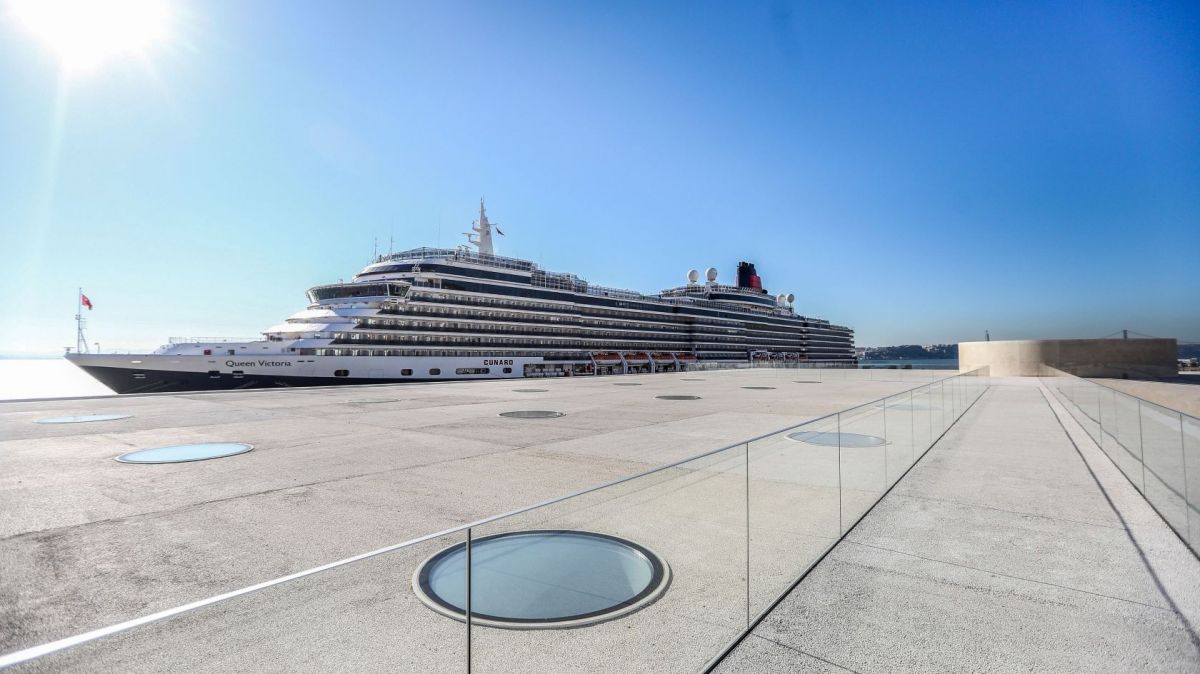In its latest weather bulletin, published on its website, the IMPA Portuguese Met office said “the number of days with an air temperature equal to or below zero degrees” in March was “higher than normal.”
It described March 2016 as having been a “very cold” month on the mainland, with average temperatures ranging between highs of 15.6 degrees Celsius, and lower-than-normal lows of 5.2 degrees Celsius.
The IPMA ranked these readings as being the lowest of the past 32 years and the sixth lowest since 1931.
According to the IPMA, throughout last month overnight lows were almost always lower than the daily average for the month of March, particularly in northern and central Portugal, between the period of 11 and 17 March.
The chilliest overnight low registered last month was of -3.2 degrees Celsius, on 1 March in Miranda do Douro (Bragança), with the highest reading having been registered in Alcoutim (Faro) and Castro Verde (Beja) on 30 March, at 23.4 degrees.
Extreme weather has become increasingly common in Portugal in recent times.
Following on March’s record-breaking lows, it was revealed at the turn of the year that December 2015 had been the second warmest December in Portugal since records began in 1931. In addition, the whole year of 2015 was the second warmest in the past 15 years, and the fourth
driest.
According to the Portuguese Met Office, 2015 was overall the seventh warmest since records began in 1931 and also the sixth driest.
Globally, according to the World Meteorological Organisation, last year was probably the warmest year since records began with the average temperature being one degree Celsius higher than in the pre-industrial age.
It cited the combined effect of “an exceptional El Niño” Pacific current phenomenon and global warming resulting from human activities as being responsible for the warm-up.
Meanwhile, 2015 also recorded the hottest November in the last 34 years in Portugal, with a heatwave in some parts of the mainland.
In the second and third weeks of November, there was a heat wave in some parts of the country such as Braga, where it lasted 19 days and in Montalegre and Elvas where it lasted nine days.
The stament also said that “the average rainfall in November (53.6 mm) was much lower than the long-term average amount of (109.4 mm)”.
Notwithstanding, on 1 November a severe storm hit the Algarve causing heavy and record rainfall with several locations recording over 100 mm in 24 hours,
This followed on 2014, which was the one where the highest amount of rainfall was recorded in the past 25 years.
March 2016, coldest since the mid-1980s
in News · 14 Apr 2016, 13:34 · 1 Comments











I was pleased to read this comprehensive article. It has accurate and detailed information, which we can't easily find in the Portuguese media. Thanks!
By ISABEL Janeira from Lisbon on 17 Apr 2016, 00:39